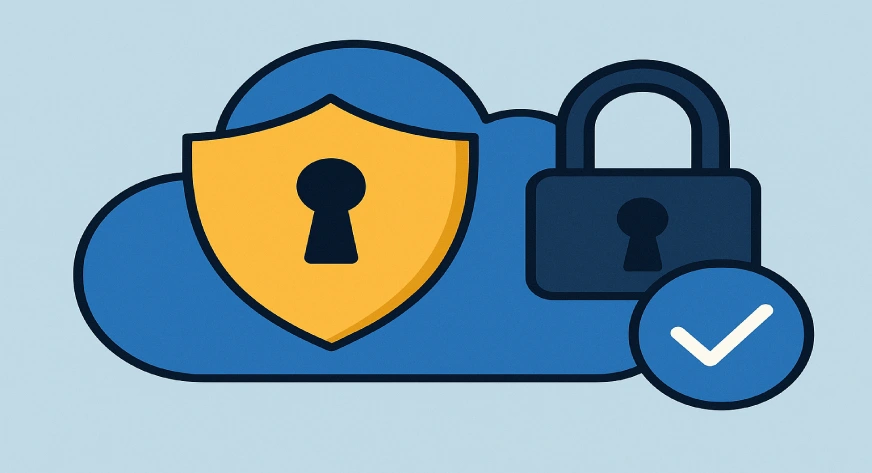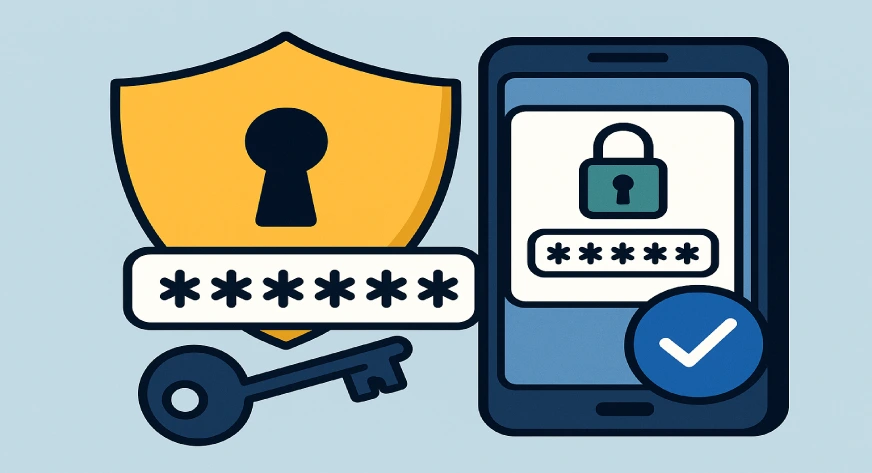How To Secure Your Cloud Storage Data?

To secure your cloud storage data, use strong and unique passwords, enable two-factor authentication (2FA), and encrypt sensitive files before uploading. Regularly update your passwords, review sharing permissions, and avoid using public Wi-Fi when accessing your cloud account. Always choose a trusted cloud service provider with robust security policies and data encryption standards.
Knowing how to secure cloud storage ensures your documents, photos, and sensitive information remain safe from hackers, accidental deletion, or unauthorized access. This guide will provide practical, easy-to-follow tips to make your cloud storage secure, no matter the platform you use.
Why Securing Cloud Data Matters?
Cloud storage offers easy access to files from anywhere, but it also brings certain risks:
- Data Breaches: Hackers can steal sensitive information like personal documents or business records.
- Accidental Deletion: Files can be removed unintentionally by users or during system updates.
- Ransomware Attacks: Malicious software can lock your files, demanding payment for access.
For example, a small business storing client contracts in the cloud without proper access controls could risk leaks or unauthorized edits. Similarly, personal photos could be compromised if accounts are hacked. Securing your cloud storage protects your digital life from these threats.
Strong Passwords and Two-Factor Authentication (2FA)

Passwords are the first line of defense. Use:
- Complex passwords: Combine letters, numbers, and symbols. Avoid using easy-to-guess words like birthdays.
- Password managers: Store multiple secure passwords safely.
Two-factor authentication adds another layer. Even if someone gets your password, they would need a second code (via phone or authenticator app) to access your account.
Example:
If your Google Drive password is stolen, 2FA will block access unless the hacker also has your phone or app-generated code.
Encrypt Your Data
Encryption scrambles your files so only authorized users can access them.
- At-rest encryption: Protects data stored on cloud servers.
- In-transit encryption: Secures data as it moves between your device and the cloud.
Example: A business storing payroll information in encrypted files ensures that even if a server is compromised, the data remains unreadable to unauthorized users.
Regular Backups
Even in secure cloud storage, backups are essential.
- Schedule backups to another cloud account or an external drive.
- Automated backups prevent accidental data loss.
Example: You might accidentally delete a folder containing important project files. A backup allows quick recovery without panic.
Also Read, How To Migrate Data To Cloud Storage Safely?
Access Controls and Permissions
Not every user needs the same level of access.
- Role-based permissions: Assign who can view, edit, or delete files.
- Team collaboration: Ensure sensitive files are only editable by specific members.
Example: A team project could have designers with editing rights while clients only have view access, preventing accidental file changes.
Be Cautious with Public Wi-Fi
Public networks are convenient but can be unsafe.
- Avoid uploading sensitive files on unsecured Wi-Fi.
- Use a VPN for encrypted connections when accessing cloud accounts remotely.
Example: Accessing files from a cafe without a VPN could allow others on the same network to intercept your data.
Keep Apps and Devices Updated
Software updates often include security patches.
- Update cloud apps regularly.
- Keep your devices’ operating systems current to prevent vulnerabilities.
Example: Using an outdated cloud app could leave a loophole that hackers exploit to access your files.
Monitor Activity and Alerts
Most cloud providers offer activity logs and notifications.
- Check for unusual logins or failed access attempts.
- Enable alerts for file downloads or changes.
Example: Receiving an alert that a new device accessed your account can help you respond quickly before any damage occurs.
Also Read, How Data is Stored in the Cloud?
Closing Thoughts
Securing your files in the cloud is no longer optional it’s essential. By following these steps on how to secure cloud storage, you can protect personal documents, business records, and sensitive data from loss or theft. Strong passwords, encryption, backups, access controls, and careful use of networks together create a robust defense, giving you confidence that your data is safe.
For individuals and teams seeking more control and security, Athena by WebWorks Co. offers private cloud environments with role-based permissions, secure file sharing, and real-time access logs. It’s designed to make data management simple, safe, and scalable without limits on users or storage.
